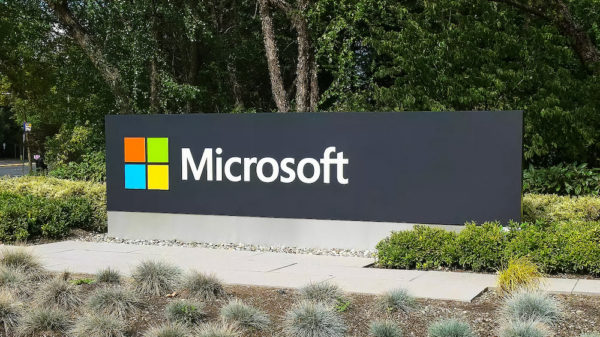Microsoft this week released patches for a severe vulnerability that bypassed mitigations rolled out for a no-interaction Outlook zero-day leading to credential theft.
Tracked as CVE-2023-29324, the bug was addressed in the Windows MSHTML component as part of the May 2023 Patch Tuesday updates.
The vulnerability was discovered by Akamai security researcher Ben Barnea as a bypass of fixes released in March 2023 to resolve CVE-2023-23397, a critical Outlook flaw exploited by Russian APTs for roughly a year before it was resolved.
CVE-2023-23397 could allow an unauthenticated attacker to send an email reminder containing a sound notification specified as a path, causing the Outlook client to retrieve the sound from a remote SMB server and send the Net-NTLMv2 hash in the negotiation message.
“An unauthenticated attacker on the internet could use the vulnerability to coerce an Outlook client to connect to an attacker-controlled server. This results in NTLM credentials theft. It is a zero-click vulnerability, meaning it can be triggered with no user interaction,” Barnea explains.
To resolve the issue, Microsoft added a call to the MapUrlToZone Windows API function to check that the path is not referring to an internet URL and replace the sound with a default reminder if it does.
While analyzing the patch for CVE-2023-23397, Barnea discovered that MapUrlToZone could be tricked into thinking that a remote path is a local one, by sending a crafted URL in the reminder message, which would bypass Microsoft’s mitigations and cause the Outlook client to connect to the remote server.
The vulnerable MSHTML platform, Microsoft explains, continues to be used in Windows by the Internet Explorer mode in Microsoft Edge, as well as by other applications, through the WebBrowser control.
To fully resolve the issue, the tech giant recommends installing patches for both CVE-2023-23397 and CVE-2023-29324. Users who install Security Only updates should install the IE Cumulative updates to mitigate the bug.
Related: Microsoft Warns of Outlook Zero-Day Exploitation, Patches 80 Security Vulns
Related: Microsoft Will Name Threat Actors After Weather Events
Related: Microsoft Shares Resources for BlackLotus UEFI Bootkit Hunting














